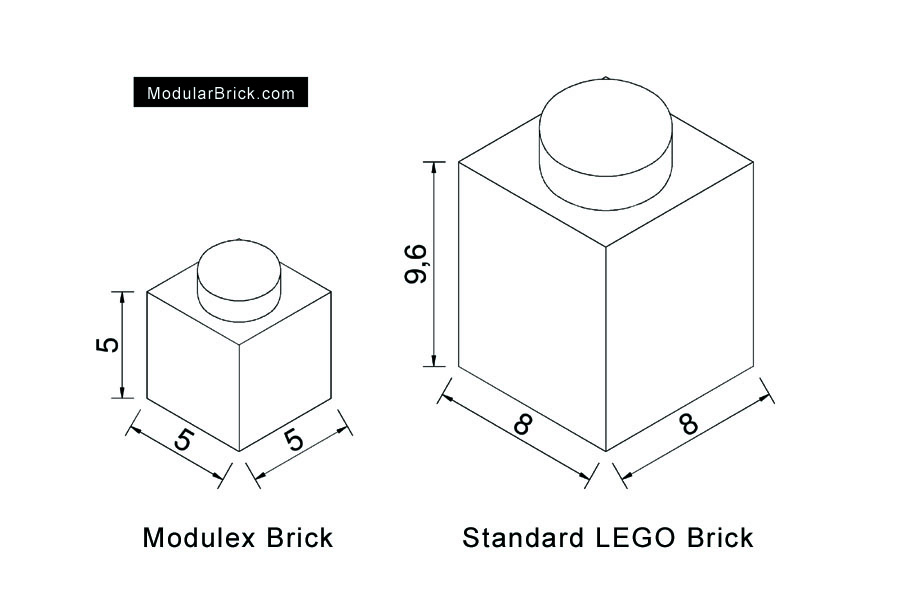

The winners of this year’s competition include an implantable miniscope that can track activity in the brains of freely moving organisms a microfluidic device that aims to recapitulate whole-organism physiology and a few products that build on the emerging trend toward characterizing individual cells, with the added components of spatial information or multi-omics. Since the last installment of our Top 10 innovations, the world has witnessed the successful deployment of multiple COVID-19 vaccines, and those are, in their own right, truly awe-inspiring innovations. In a way, it’s heartening that scientific advances have continued to occur in spaces outside of the crucial coronavirus focus.

It suggests that the global biomedical apparatus is robust enough to address a pressing and pointed concern while not losing ground in fields not directly related to that crisis.

Weighing in at two grams, the nVue TM System is about the size of a Lego brick. This “miniaturized microscope” relies on red and green fluorescent indicators targeted to neurons to trace calcium ion influx and, in turn, the activity of two different neuronal populations in freely moving animals, according to Alice Stamatakis, director of applications at Inscopix, the company that makes the nVue. Thus far, researchers have mounted nVue on the heads of rodents, birds, and monkeys. The miniscope offers another advantage, Stamatakis adds: longitudinal deep-brain imaging, wherein the same cells can be analyzed over multiple imaging sessions. Two-photon microscopy also allows simultaneous imaging of two neuronal populations, but it is mostly limited to the brain cortex and requires animals to be constrained by the head, compromising the study of behavior, she says. “ is going to give neuroscientists an unprecedented view into how these different brain signals communicate and talk with each other during naturalistic behaviors.” The system’s built-in data acquisition and processing software helps complete the picture.īeyond basic biology, the dual miniscope can aid translational research for neuropsychiatric and neurodegenerative conditions, such as anxiety or Alzheimer’s disease. THE EXACT DIMENSIONS OF A LEGO BRICK SOFTWARE Kelly Tan, a neurologist at the University of Basel, Switzerland, uses the nVue system to study communication between neuronal populations in a mouse model of Parkinson’s disease. THE EXACT DIMENSIONS OF A LEGO BRICK SOFTWARE.


 0 kommentar(er)
0 kommentar(er)
